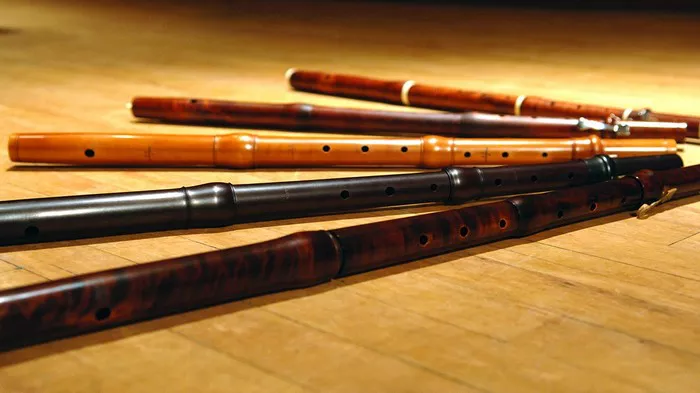Flutes have been a significant part of various cultures for centuries, with each culture often having its own unique type of flute. From the classical Western flute to the haunting tones of Native American flutes, these instruments come in a variety of shapes, sizes, and materials. One such distinctive flute is the Japanese flute.
What is the Japanese Flute Called?
The Japanese flute, known as the “shakuhachi,” holds a special place in Japanese culture and music. Derived from ancient Chinese flutes, the shakuhachi has a rich history dating back over a thousand years. Its name, “shakuhachi,” is derived from its size—shaku refers to the traditional Japanese measurement system, while hachi means “eight,” indicating its standard length of 1.8 shaku.
The History of the Shakuhachi Flute
The history of the shakuhachi is deeply intertwined with Zen Buddhism in Japan. Introduced to Japan from China during the 7th century, the shakuhachi was initially used by wandering Buddhist monks known as komuso, or “priests of nothingness.” These monks used the shakuhachi as a spiritual tool, playing meditative music known as “honkyoku” as a form of Zen practice.
Over time, the shakuhachi evolved beyond its religious roots to become a prominent instrument in traditional Japanese music. Today, it is utilized in various genres, including classical, folk, and contemporary music, both in Japan and around the world.
Characteristics of the Shakuhachi Flute
The shakuhachi is traditionally made from bamboo, although modern versions may also be constructed from plastic or wood. It typically has five finger holes and one thumb hole, although some variations may have different configurations. Unlike Western flutes, which are played horizontally, the shakuhachi is played vertically, with the player blowing air into the top end of the flute.
One of the most distinctive features of the shakuhachi is its unique tuning. Unlike Western flutes, which are tuned to a specific scale, the shakuhachi can produce a range of pitches through subtle variations in embouchure and finger placement. This flexibility allows for the expressive bending of notes, giving the shakuhachi its characteristic melancholic sound.
Learning to Play the Shakuhachi Flute
Learning to play the shakuhachi is a challenging yet rewarding endeavor. Due to its unique construction and playing technique, mastering the instrument requires patience, dedication, and a willingness to embrace the principles of Zen mindfulness.
Beginners often start by learning basic breathing exercises and finger techniques before progressing to simple melodies. As they advance, students may study traditional honkyoku pieces, which are passed down orally from teacher to student. In addition to technical proficiency, mastering the shakuhachi also requires an understanding of Japanese musical aesthetics, including concepts such as “ma” (space) and “mae-utai” (frontal playing).
Advice for Aspiring Shakuhachi Players
For those interested in learning to play the shakuhachi, it is essential to find a qualified teacher who can provide guidance and instruction. While there are resources available for self-study, nothing can replace the personalized feedback and instruction provided by a knowledgeable teacher.
In addition to regular practice, aspiring shakuhachi players should also take the time to explore the instrument’s rich cultural and historical context. Learning about the origins of the shakuhachi and its role in Japanese society can deepen one’s appreciation for the instrument and enhance their playing experience.
Finally, it’s important to approach learning the shakuhachi with an open mind and a willingness to embrace the Zen philosophy underlying its practice. The journey of mastering the shakuhachi is not just about playing notes—it’s about cultivating a sense of mindfulness, connection, and inner peace through music.
Conclusion
In conclusion, the Japanese flute, known as the shakuhachi, is a unique and captivating instrument with a rich history and cultural significance. Whether you’re drawn to its haunting melodies or intrigued by its ties to Zen Buddhism, learning to play the shakuhachi offers a rewarding journey of self-discovery and musical exploration. With dedication, patience, and an open heart, anyone can unlock the beauty and depth of this ancient instrument.


